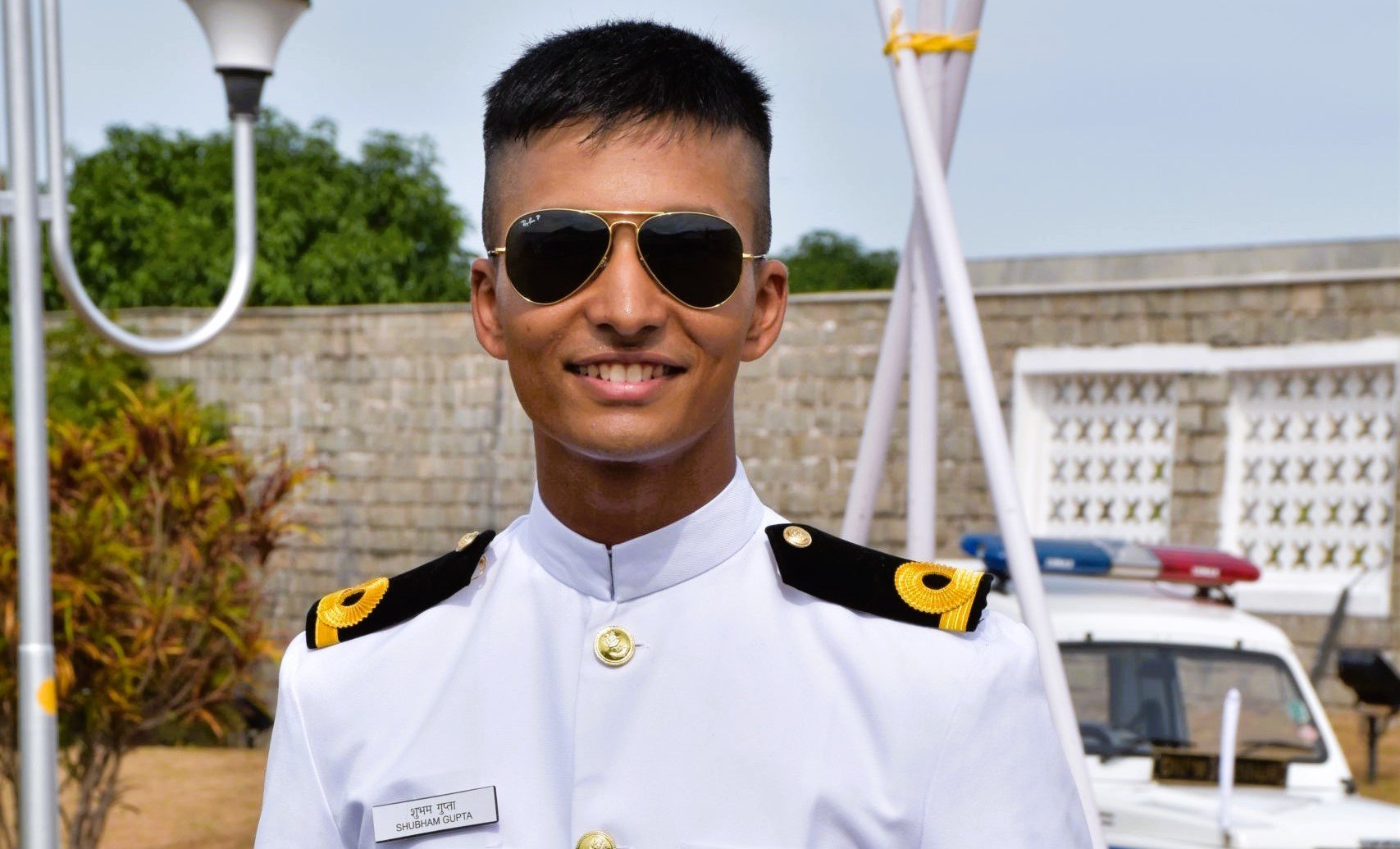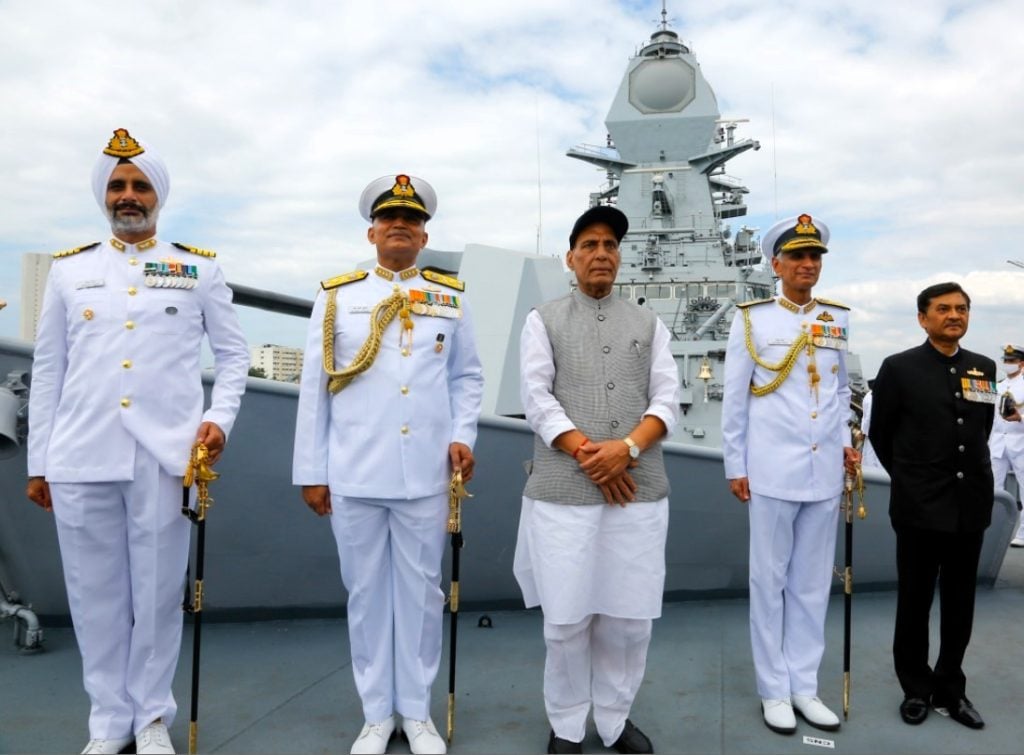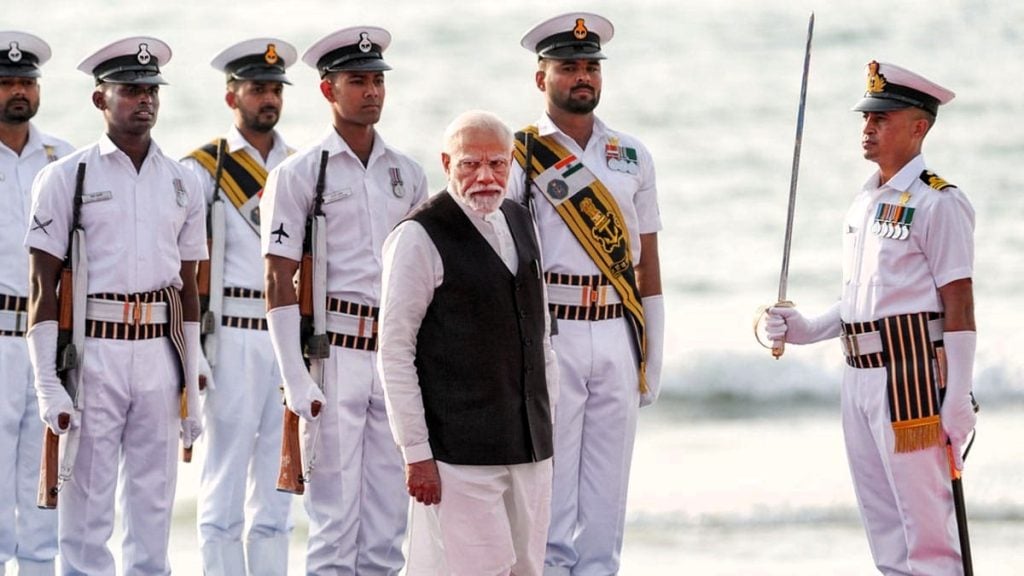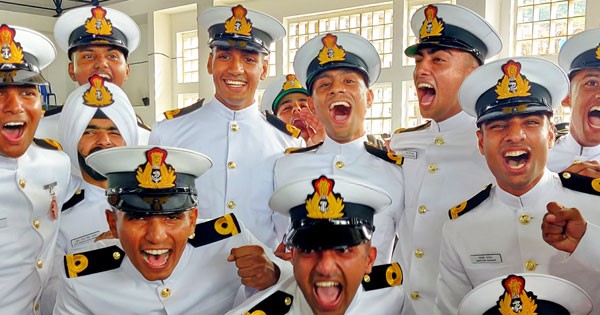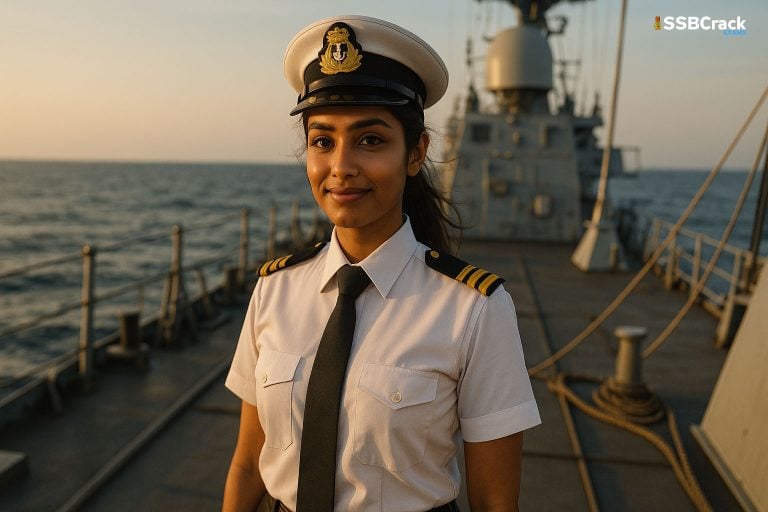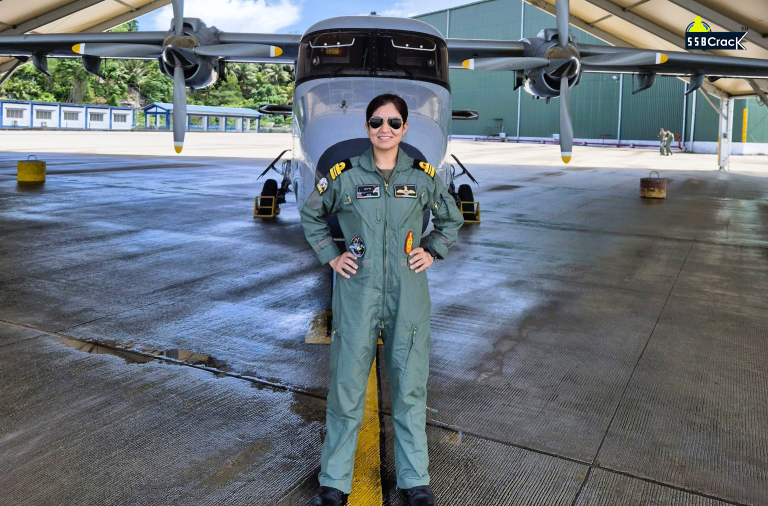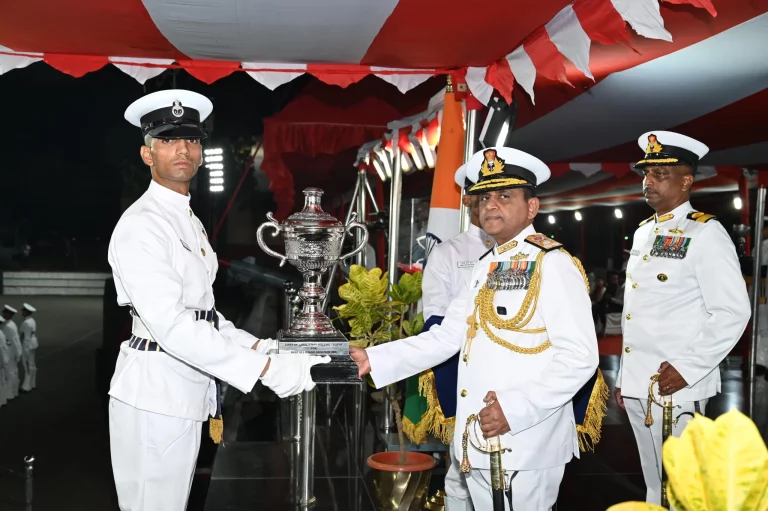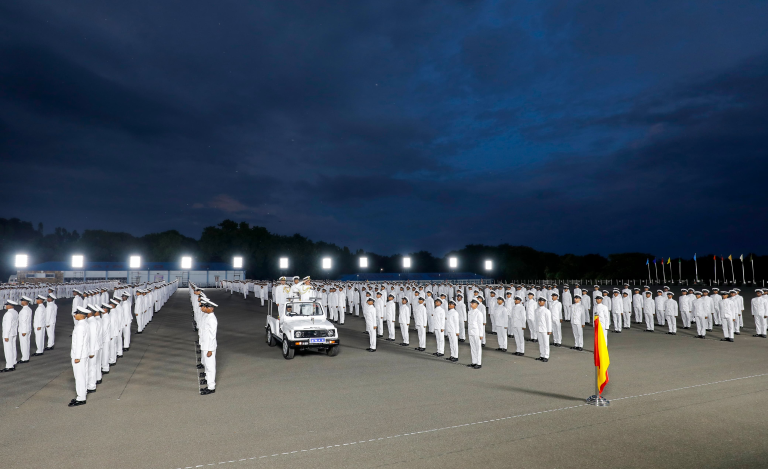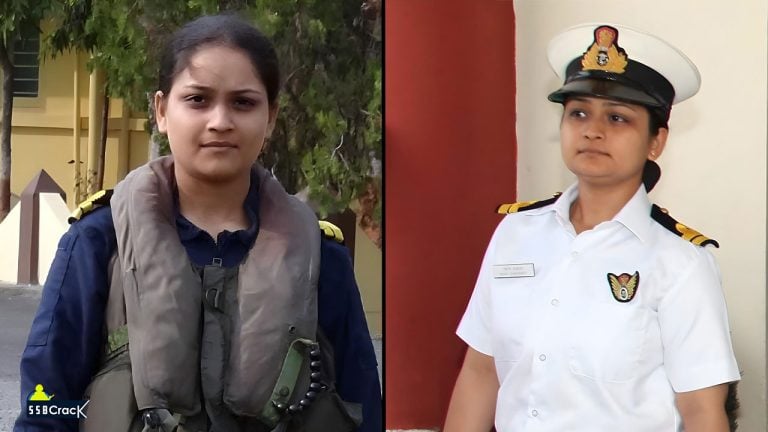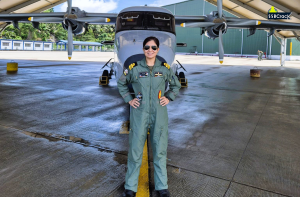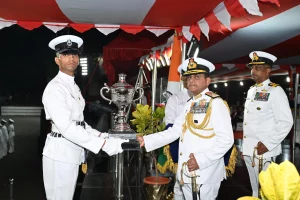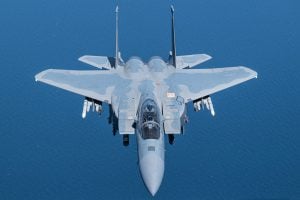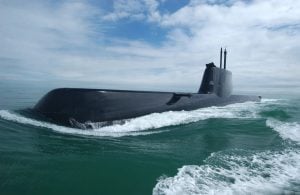The Indian Navy boasts a rich history, tracing its roots back to the early 20th century. Originally known as the Royal Indian Navy, it has evolved into a formidable maritime force with a primary mission to protect India’s extensive coastlines and maritime interests. The Navy also plays a crucial role in maintaining regional stability in the Indian Ocean. Equipped with an array of ships, submarines, aircraft, and special forces units, the Indian Navy is pivotal in ensuring national security. Let’s delve into some fascinating facts about this vital branch of the Indian Armed Forces.
A Brief History of the Indian Navy
Before diving into the intriguing facts, it’s essential to understand the evolution of the Indian Navy. Established in 1612 as the East India Company’s Marine, it was later reconstituted as the Royal Indian Navy under British rule. Post-independence in 1947, it was renamed the Indian Navy. Over the decades, it has grown significantly in strength and capability, reflecting India’s maritime ambitions and strategic priorities.
1. Oldest Naval Air Squadron in Asia
Establishment and Evolution
The Indian Naval Air Squadron (INAS) 550, formed on May 11, 1953, holds the distinction of being Asia’s oldest naval air squadron. This squadron has played a vital role in enhancing the Navy’s aerial capabilities. Initially equipped with Sealand aircraft, it has evolved to operate advanced aircraft and helicopters.
Contributions to Naval Operations
INAS 550 has been instrumental in various operations, providing reconnaissance, surveillance, and support roles. The squadron’s legacy underscores the Indian Navy’s long-standing emphasis on maintaining robust air capabilities to complement its maritime operations.
2. First Nuclear Submarine Lease
The Historic Lease of INS Chakra
In 1988, India made a groundbreaking move by leasing a nuclear-powered attack submarine, the INS Chakra, from Russia. This marked the first time a country had leased a nuclear submarine, significantly enhancing India’s naval power and strategic deterrence.
Enhancing Naval Capabilities
The INS Chakra provided the Indian Navy with advanced underwater combat capabilities, allowing for extended patrols and a potent deterrent against potential adversaries. This lease showcased India’s commitment to modernizing its naval fleet and maintaining a credible underwater presence.
3. Operation Trident: A Daring Naval Assault
Context of the 1971 Indo-Pakistani War
During the Indo-Pakistani War of 1971, the Indian Navy executed a bold and highly successful operation codenamed ‘Trident’. This operation involved a surprise attack on Karachi’s harbor, a key Pakistani naval base.
Execution and Impact
Under the cover of night, Indian missile boats launched a devastating attack, sinking Pakistani vessels and causing extensive damage to Karachi’s harbor. Operation Trident is celebrated as one of the most successful naval operations, demonstrating the Indian Navy’s strategic acumen and combat effectiveness.
4. Gender Inclusivity in the Navy
Pioneering Steps in 1992
In 1992, the Indian Navy took a significant step towards gender inclusivity by inducting its first batch of female officers. This move broke long-standing barriers and opened the doors for women to serve in various capacities within the Navy.
Progress and Current Status
Since then, the role of women in the Indian Navy has expanded significantly. Today, female officers serve in various operational and administrative roles, contributing to the Navy’s diverse and inclusive workforce. This progression underscores the Navy’s commitment to equality and empowerment.
5. INS Vikrant’s Legacy
The First Aircraft Carrier
INS Vikrant, India’s first aircraft carrier, played a pivotal role during the 1971 war. It provided crucial air support and enhanced the Navy’s operational reach. The legacy of INS Vikrant is a testament to the strategic importance of aircraft carriers in modern naval warfare.
Indigenous Aircraft Carrier (IAC-1)
Continuing this legacy, India has constructed its first indigenous aircraft carrier, also named INS Vikrant (IAC-1). This achievement showcases India’s self-reliance in naval defense and its capability to design and build advanced warships. The new INS Vikrant is a symbol of national pride and technological prowess.
6. Humanitarian Assistance and Disaster Relief (HADR)
Commitment to Global Welfare
Beyond its combat capabilities, the Indian Navy plays a crucial role in humanitarian assistance and disaster relief (HADR) operations. The Navy has been at the forefront of providing aid during natural disasters, both within India and internationally.
Notable Missions
From rescuing stranded citizens during floods and cyclones to providing medical aid and supplies in disaster-stricken areas, the Indian Navy’s HADR missions highlight its commitment to global welfare. These efforts have earned the Navy respect and gratitude from communities worldwide.
7. MARCOS: Elite Special Forces
Formation and Training
The Marine Commandos, popularly known as MARCOS, are among the world’s most elite special forces units. Established to undertake specialized maritime operations, MARCOS undergoes rigorous training in combat diving, counter-terrorism, and unconventional warfare.
Key Operations and Achievements
MARCOS has been involved in numerous high-stakes operations, both domestically and internationally. Their expertise and versatility make them a crucial component of the Indian Navy’s operational capabilities. Their success in various missions underscores their elite status and operational excellence.
8. INS Arihant: India’s Nuclear Deterrent
Introduction and Significance
INS Arihant, India’s first indigenous nuclear-powered ballistic missile submarine (SSBN), represents a significant milestone in the country’s defense capabilities. Launched in 2009, INS Arihant plays a crucial role in maintaining India’s nuclear triad, ensuring a credible second-strike capability.
Enhancing Strategic Deterrence
The submarine’s stealth and strategic firepower enhance India’s deterrence posture, contributing to regional stability and national security. INS Arihant’s induction marks a pivotal moment in India’s defense strategy, showcasing its technological and strategic advancements.
9. Naval Aviation Museum in Goa
A Treasure Trove of History
Located in Goa, the Naval Aviation Museum offers a fascinating glimpse into the history of Indian naval aviation. The museum showcases vintage aircraft, helicopters, and various artifacts, illustrating the evolution of naval aviation in India.
Visitor Experience
Visitors to the museum can explore a wide range of exhibits, including historic aircraft and memorabilia. The museum provides an educational and enriching experience, highlighting the Indian Navy’s contributions to maritime aviation.
10. International Collaborations
Promoting Interoperability
The Indian Navy actively engages in international collaborations and exercises, promoting interoperability and goodwill with maritime nations worldwide. These collaborations enhance maritime security and regional stability.
Notable Exercises
Joint exercises such as Malabar (with the US, Japan, and Australia), Varuna (with France), and SIMBEX (with Singapore) are key examples of the Navy’s commitment to fostering international cooperation. These exercises not only improve tactical skills but also strengthen diplomatic ties.
Conclusion
The Indian Navy, often referred to as the ‘Sentinels of the Sea,’ is a formidable force with a rich history and diverse capabilities. From pioneering gender inclusivity to showcasing technological advancements with indigenous projects like INS Vikrant and INS Arihant, the Navy has continually evolved to meet modern challenges. Its roles in humanitarian missions and international collaborations underscore its commitment to global peace and security. These ten interesting facts highlight the Indian Navy’s multifaceted contributions to national defense and international maritime stability, making it a pillar of national pride and strategic prowess.
FAQs
1. What is the oldest naval air squadron in Asia?
The oldest naval air squadron in Asia is the Indian Naval Air Squadron (INAS) 550, established on May 11, 1953.
2. When did India lease its first nuclear submarine?
India leased its first nuclear-powered submarine, INS Chakra, from Russia in 1988.
3. What was Operation Trident?
Operation Trident was a successful naval attack by the Indian Navy on Karachi’s harbor during the Indo-Pakistani War of 1971, resulting in significant damage to Pakistani naval assets.
4. When did the Indian Navy induct its first female officers?
The Indian Navy inducted its first batch of female officers in 1992, promoting gender inclusivity within its ranks.
5. What is the significance of INS Vikrant?
INS Vikrant was India’s first aircraft carrier and played a crucial role in the 1971 war. Its legacy continues with the new INS Vikrant (IAC-1), India’s first indigenous aircraft carrier.
